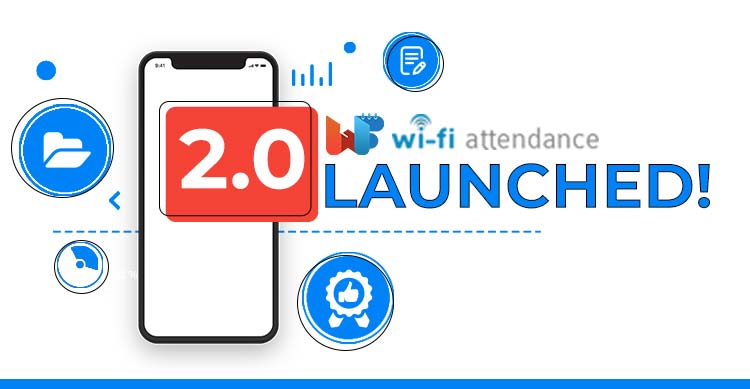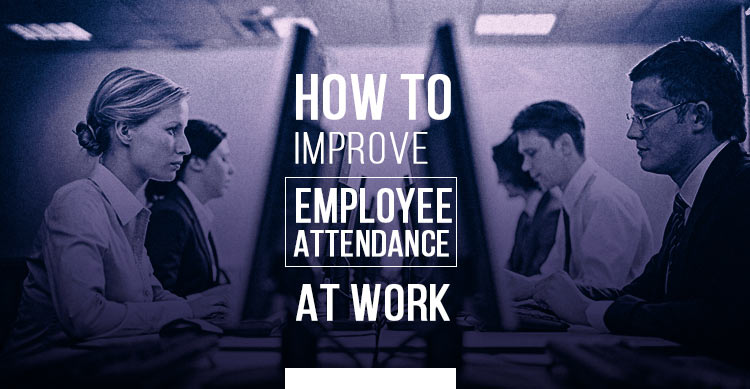In the ever-changing business climate, the success of your business depends on how easily you adjust and adapt to those changes. But those adjustments become difficult if your employees resist policies during the implementation.
Such resistance can turn into huge financial and reputation costs many times.
Companies constantly look for new ways to become more efficient, productive and profitable.
This search leads to new policies. But the real success lies in successfully implementing those policies at workplace.
This guide is all about improving policy implementation on an ongoing basis in your company.
So, here is what you need to do:
Must Read:
5 Different Ways A WiFi Attendance App Helps The HR Manager
1. Develop policies after a thorough consultation
To diminish any chances of resistance in the first place, you can involve all stakeholders and employees in policy development.
The process of policy development is for the benefit of the whole company. This is why you should involve all relevant individuals during this process including your company stakeholders, contractors, employees, safety and health representatives.
They all have their own point of views regarding your policies. It is your responsibility to listen to all those points.
Listening to the point of views of all stakeholders and employees, you will find a balanced approach to build a policy.
At the same time, you can highlight the importance of a policy, which are not visible to certain stakeholders.
While you look at a broad impact of a policy, an employee or a team leader might have a narrow point of view. Consultation allows you to improve the understanding of the employees and remove the chances of resistance.

2. Customize policies for your business and workplace
The problem with policy makers is that they become too generic. Simply picking industry standard policies and forcing them in the company doesn’t help the business.
At the same time, a generic policy makes it difficult for policy makers to advocate the benefits during the implementation process. Lack of usability of a policy increases the force of employee resistance, which ruins implementation.
Of course, you can pick the idea of a policy from other sources in your industry. But it is critically important to customize those policies with respect to your workplace environment.
This will make implementation convenient.
3. Include clear obligations and actionable steps in your policy
No matter how big a change a policy will bring, make sure you document it in a simple-to-understand language. Plain language is important, in which, you have to describe clear obligations and actionable steps.
The policy should be like a list of actions for concerned people in your company. This will ensure that every employee understands what he or she needs to do to adopt the new policy.
Easy explanations don’t put pressure on employees.
You make policies easy to adapt and your employees resist less and try to accept the obligations. It is all about how you represent information.
If a policy looks like a huge document of oppressive changes, employees are more likely to resist. But if you choose a lighter tone and clarify each action, the implementation of policies becomes way easier.
4. Think about the implementation challenges in advance
There is no point in building a policy if you have no ground level preparation. Many business leaders feel happy just because they build a policy. But they forget about the ground level implementation and potential challenges.
Being realistic with your policy making approach is critically important.
You can’t waste your time building a policy, which is not possible for your business. Hence, an assessment of implementation challenges becomes a necessity.
This assessment should include resources, time and personnel required for policy implementation.
What if you have no time to implement?! Or, what about the lack of resources in your company. All these factors are important if you don’t want to waste your time and resources.

5. Publicize before implementing
A sudden implementation of a policy seems more like a hit in the face. And just like a sudden hit, it triggers a sense of hitting back, which leads to resistance.
So, can you do anything about it?!
Yes, you can publicize your policy and allow employees to understand what it is all about. If possible, create one single manual including a simple language and clear explanation of obligations.
Then, make sure that every employee and stakeholder is able to get a copy of the manual.
This approach will work as a promotion and allow concerned employees to clarify their confusions.
6. Give your training assistance to employees for new policies
It is your responsibility to inform, instruct supervise and train your company employees for the presented policy.
Existing and new employees and other stakeholders should get trained accordingly. So, you have to work in designing a training approach if the policy implementation requires one.
At the same time, it would be wise to keep discussing the benefits of the guidelines with your staff. This will remind employees why those policies exist in the first place.
Make sure you get a signed agreement from your contractors, employees and other stakeholders for the policy. Also, keep reports of training sessions along with the attendance records and content used in the training. This way, you can fight future resistance from an employee with evidence.
7. Become strict and consistent with policy implementation
You need to appoint managers and supervisors who will monitor and ensure complete compliance. Appointing supervisors will ensure consistency in the implementation process.
Make sure that every failure to comply with the policy is addressed immediately. Every employee should become aware of the consequences of deliberately breaching the terms. This will make them serious about the policy.
At the same time, your managers and supervisors should strictly follow the policies too. They have to lead by setting a strong example. In case, a manager fails to follow the policy, there should be a list of disciplinary actions.
The extent of consequence should be decided by the intent behind breaching the policy. This will require some critical thinking from time to time.
8. Develop a policy review cycle
Just like any other rule or law, policies also become outdated from time to time. New changes bring new scenarios, which can reduce the impact of a policy. Hence, your policy implementation approach should contain a review cycle.
For example, if your business starts a new product line, or purchases a new equipment, it might require a change in the policy. Similarly, there can be a hundred other scenarios when your policies will require auditing and modifications.
But you can’t conduct a policy review after every new thing happening in your business. Which is why a review cycle is important. A review cycle is a set time period after which your company policies are reviewed and passed again.
This review cycle offers a chance to remove outdated policies or modify them according to the current company scenarios.
When you make changes in the policy, ensure that every concerned employee and stakeholders become familiar with the changes.
9. Enforce and support after policy implementation
When you successfully implement a policy, it presents two more responsibilities.
You have to support employees who follow and accept the policies.
At the same time, you need to enforce policies to employees who present resistance.
The process of enforcement and support are all about choosing a simple system and rewarding employees.
Also, address organizational and individual benefits to allow all employees to understand and accept the implemented policy.

Benefits of organized implementation process
If you follow the given approach to policy implementation, it will improve the chances of achieving goals you have in mind.
Mostly, you will successfully attain a positive response from your employees and stakeholders during the policy implementation.
More people will accept and comply, which will reduce the chances of implementation failure.
Your support and help will motivate existing employees, which will bring new talents to your company due to word-of-mouth. Your employees will recommend your company as a workplace for others. You will receive talented candidates for new positions.
All in all, policy implementation is more critical than policy-making. You have to have a realistic approach to ensure the success of policies in your business.
Focus on the resources, ultimate benefits and the approach you choose to represent your policies to your employees. Combine critical thinking, technical knowledge, and consistent support. That’s how you can improve policy implementation in your workspace.
Hopefully, this guide will help you at every step of policy-making and implementation in your company.






